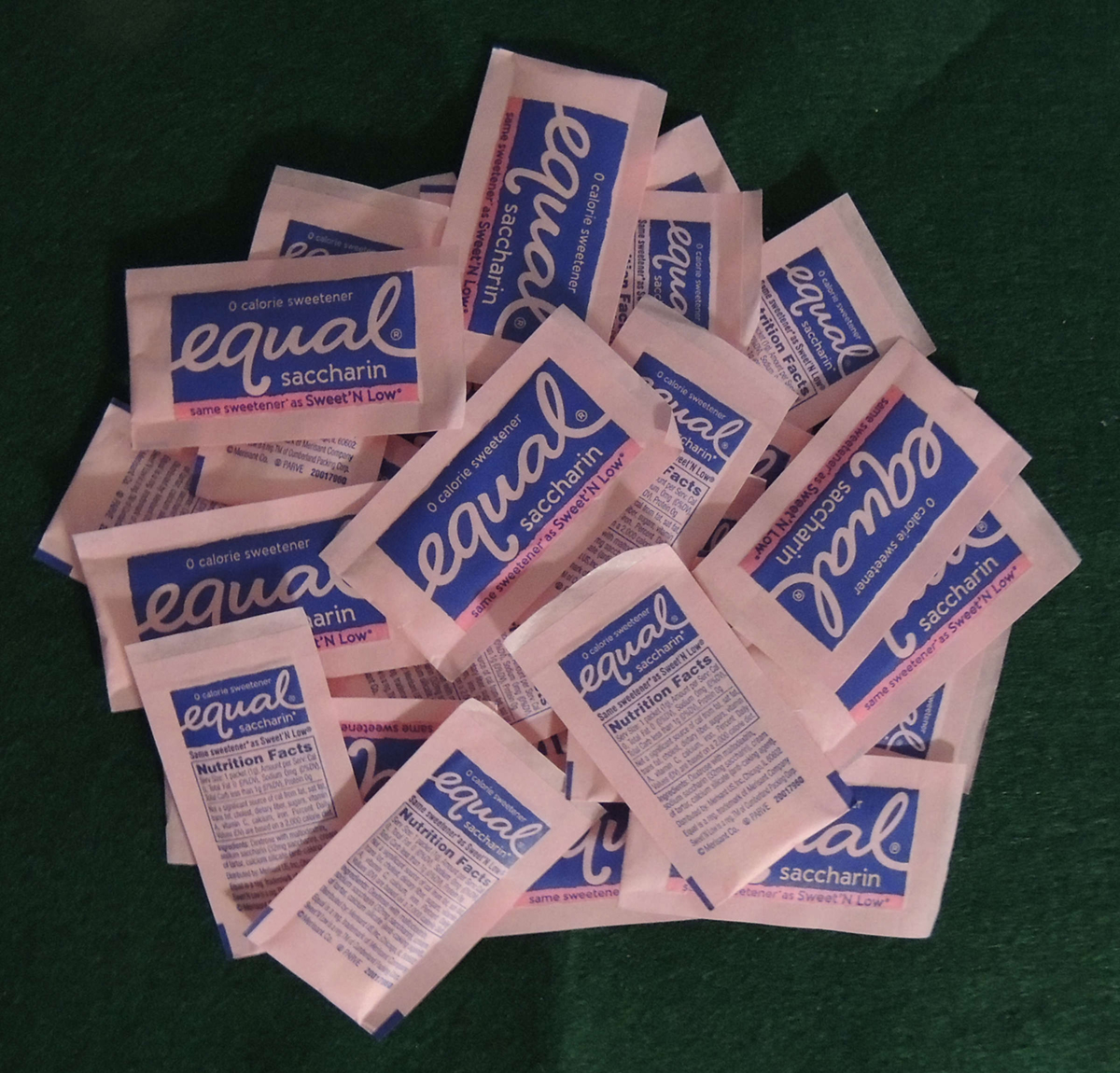
What is Saccharin?
Saccharin is a low calorie sugar substitute or artificialsweetener which was first discovered in 1879. The popularity of saccharin grewduring World War I and World War II when it was used for the sweetening of thefoods because of the rationing of sugar. Some people may detect an aftertasteof saccharin, but in most cases of sweetened foods it is mixed in with otherartificial sweeteners so it cannot be detected that easily. The aftertaste isoften described as metallic. Saccharin is basically benzoic suflilimine, it hasthe chemical formula C7H5NO3S and it can be produced in many different ways. Theprocess of synthesis introduced in 1950 at the Maumee Chemical Company ofToledo, Ohio was a much improved one which included reactions of toluene withnitrous acid, sulfur dioxide, chlorine and ammonia in order to yield saccharin.Saccharin is commonly used for the sweetening of various products such astoothpastes, medicines, biscuits, candies and drinks. The very name ofsaccharin is derived from another word which means that it is related to sugaror that it resembles sugar. When heated, saccharin becomes unstable but it doesnot indulge in any chemical reactions with any other sorts of food ingredients,so that is why it is can be stored rather well. It is usually blended withother types of artificial sweeteners because they always compensate for eachother’s faults and weaknesses and mask each other’s off-tastes and aftertastes.Saccharin is most frequently used in combination with aspartame, especially inthe production of diet soda. Saccharin is considered as a very importantdiscovery for all those who suffer from diabetes, because it just passes throughthe digestive system of a person without being digested at all. When used as anartificial sweetener, saccharin is in the form of a sodium salt.
Benefits of Saccharin
Saccharin is commonly used as an artificial sweetener invarious different types of soft drinks, baked goods, canned fruit, chewing gumsand many other sorts of drinks and foods. It can also be used as a tabletopsweetener. Saccharine is also often featured in various vitamin supplements andmedicines and it can be used for the baking as a substitute for sugar.Saccharin is highly beneficial because it does not interfere with the levels oftriglycerides or glucose in the blood. Unlike sugar it also does not contributeto the decay of the teeth. Sometime ago, saccharin had a warning label becauseit was associated with the development of cancer in laboratory animals.Numerous scientific studies confirmed in 2000 that it is completely safe forhuman consumption.
History of Saccharin
A chemist called Constantin Fahlberg was the personresponsible for the invention of Saccharin. He first produced it 1878 at theJohn Hopkins University. It happened completely by accident. A couple of yearslater, Fahlberg moved to New York and started applying for patents. Even thoughthe newly discovered artificial sweetener was soon commercialized, it was onlyduring World War I that it became used extensively, mainly due to sugar shortages.It saw another rise in popularity during the sixties and seventies when dietersstarted using it much more than before. This is mainly due to the fact thatsaccharin contains no calories. Since its beginnings, saccharin was the subjectof numerous government regulation issues. Certain investigations in 1907 evenwent that far that investigators, who claimed that saccharin was an illegalsugar substitute, got into an argument with the President Theodore Rooseveltwho did not believe their claims. In the year of 1958, the United StatesCongress amended the Food, Drugs and Cosmetic Act (which was brought in 1938)and asked the Food and Drug Administration not to approve any sorts ofsubstances which were proven to induce cancer in humans or animals. There werecertain laboratory tests on rodents during the early seventies which shown thatsaccharine could trigger the development of bladder cancer. This is why all thefood items containing saccharin had to have a warning label. In 2000, thewarning labels were removed in the light of new researches which shown thatthere are no elevated risks of bladder cancer associated with the consumptionof saccharin. Controversy concerning saccharin continued at the end of thesixties when certain files of the FDA’s investigations were discovered.Attempts were made to completely ban the use of saccharin as an artificialsweetener, but they were unsuccessful. At the moment, the three most popularartificial sweeteners everywhere around the world are sucralose, aspartame andsaccharin. The European Union refers to saccharine as E954. In numerous countriesaround the world saccharin is allowed, but there are still some of them who banto use of it as a food additive. Some countries still believe that saccharincan be associated with the development of bladder cancer.


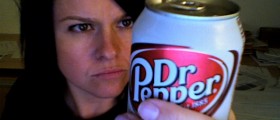
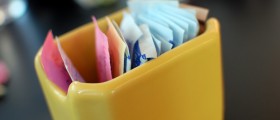
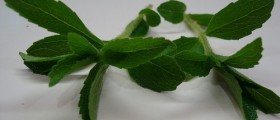
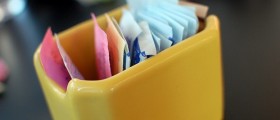
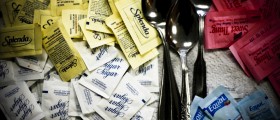
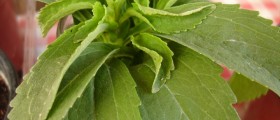
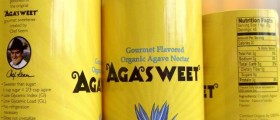
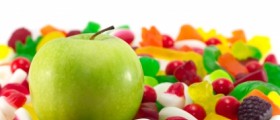
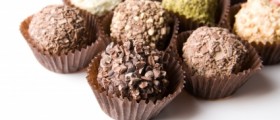
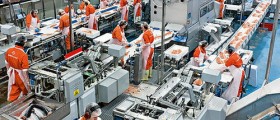
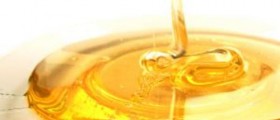
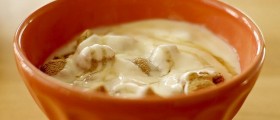
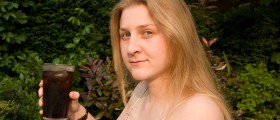
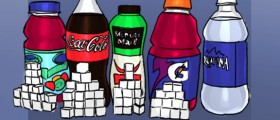
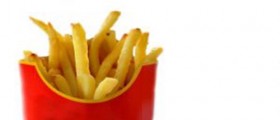
Your thoughts on this
Loading...